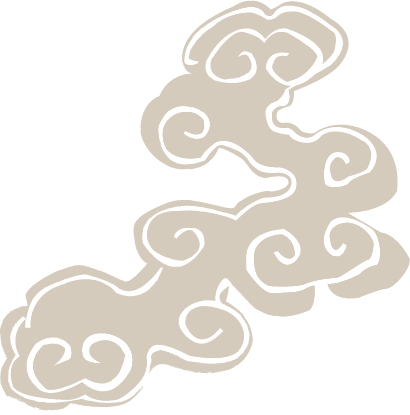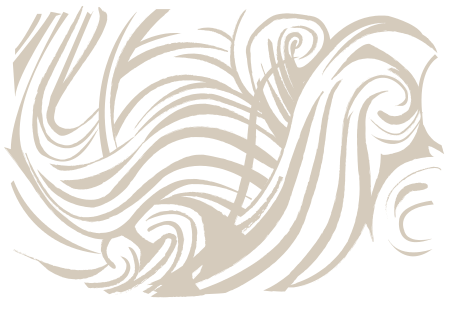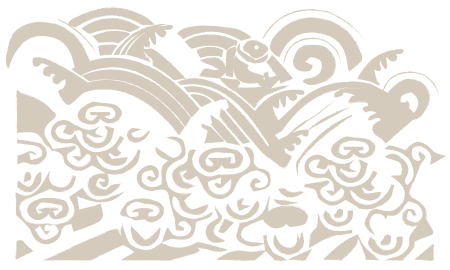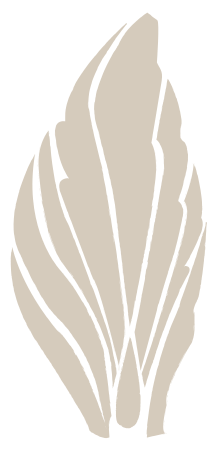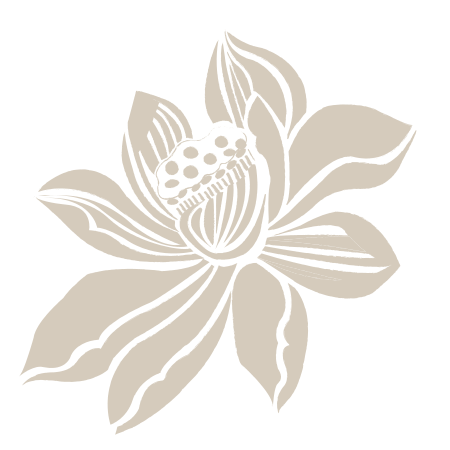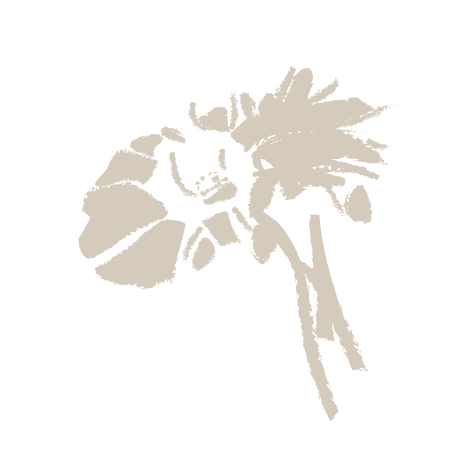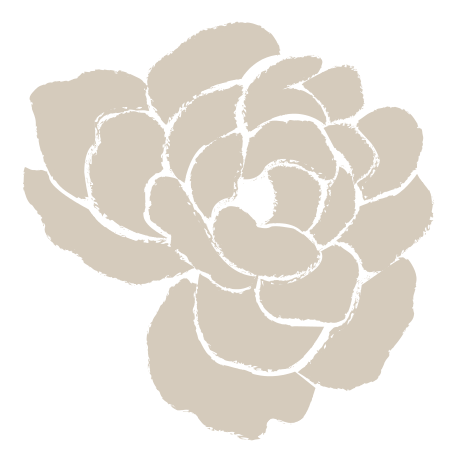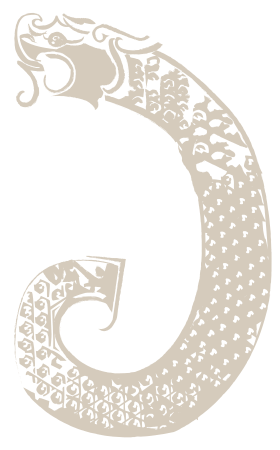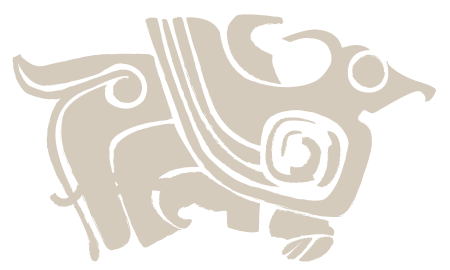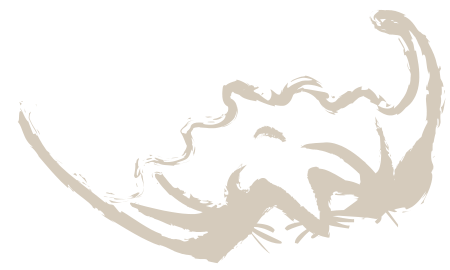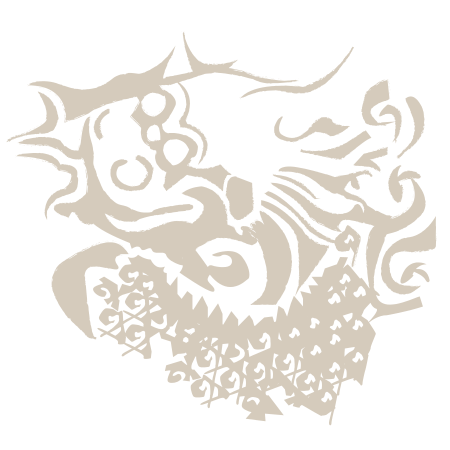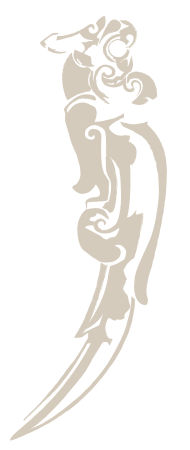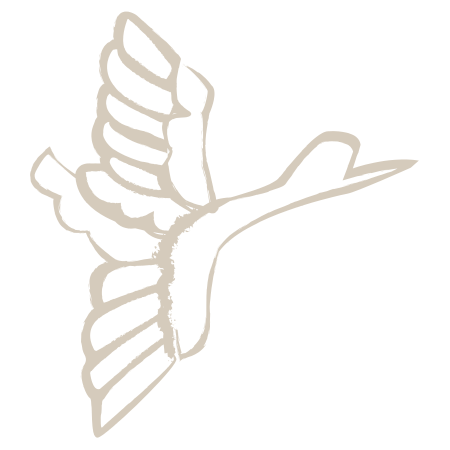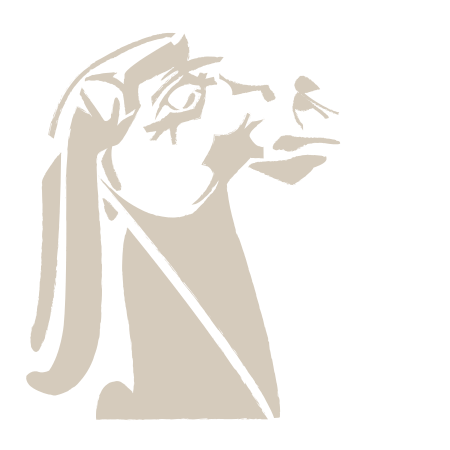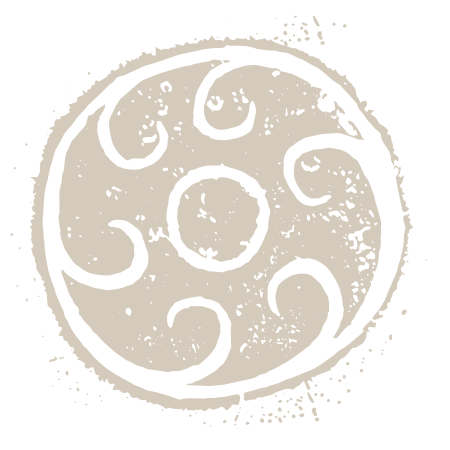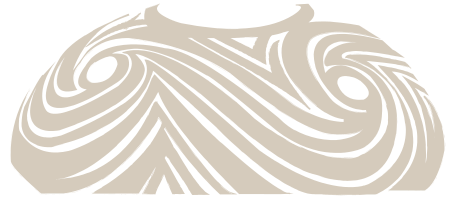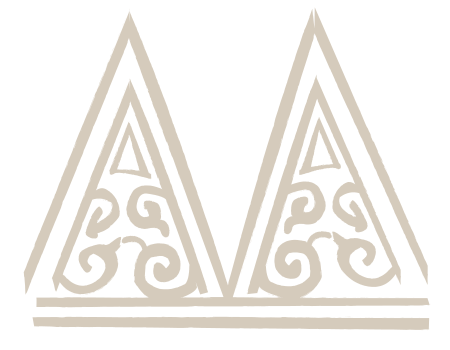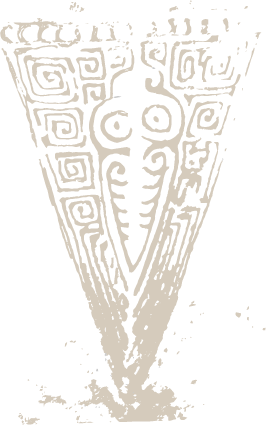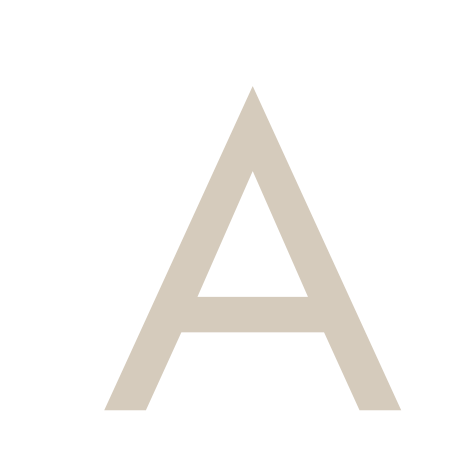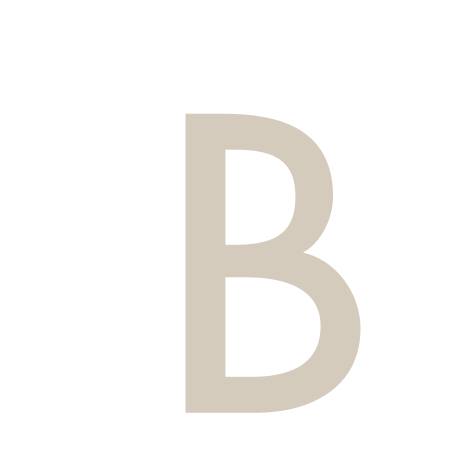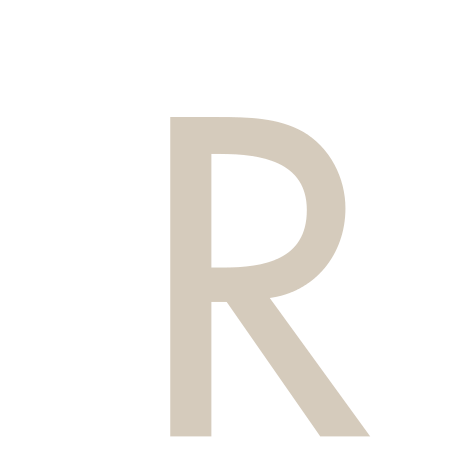Design it! Create A Seal
Traditionally made from precious stones, seals contain the names of artists, collectors, and their studios or even their favorite poetic phrase. Carved seals are used to stamp red paste onto Chinese paintings or calligraphy as a symbol of ownership or authorship.
What do you want to do today?
Learn! Chinese Seals
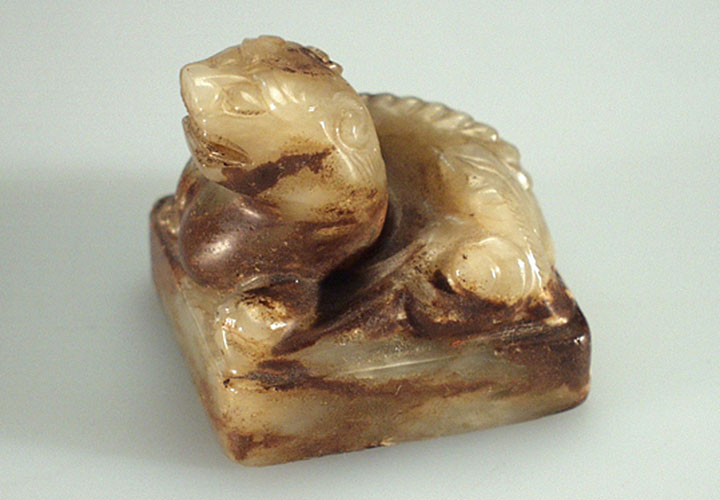
Seal, 19th-20th century
Chinese, Qing dynasty (1644-1911)
Pale green and brown jade, 1 5/8 x 1 3/4 x 1 3/4 in.
Gift of John C. Maxwell Jr. and Adrienne L. Maxwell, 2003.89
What is a Chinese Seal?
Chinese seals were used not only by artists and authors to sign art, letters, and official documents but also by art collectors to document works in their collections.
Seals demonstrated the collector’s taste and appreciation for art and left a powerful imprint, identifying the owner for future generations.
Learn! Chinese Seals
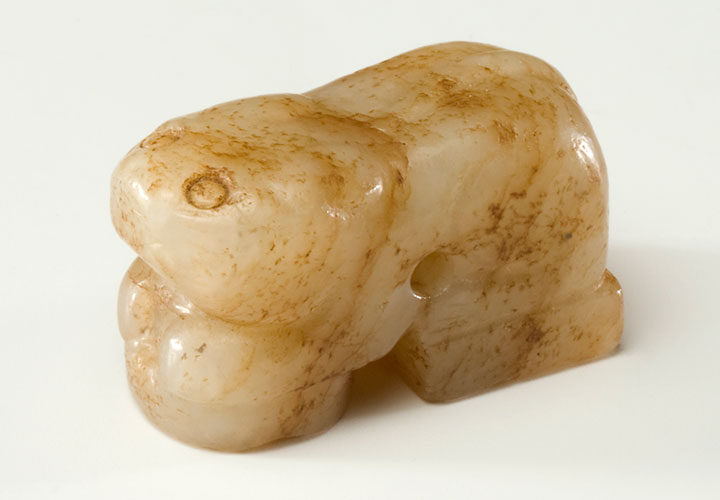
Double Seal in the Form of a Dog, 19th-20th century
Chinese, Qing dynasty (1644-1911)
Russet jade, 13/16 x 1 15/16 x 5/8 in.
Gift of John C. Maxwell Jr. and Adrienne L. Maxwell, 2003.85
The History of the Chinese Seal
Seals, which were made in a variety of shapes and sizes, often resembled mythological creatures, such as dragons, or animals. This seal is carved in the shape of a dog from VMFA’s collection.
Chinese seals can be made out of numerous materials, including stone, metal, wood, ivory, and bamboo. This seal is carved from jade, which is a precious material that has been highly valued in China for thousands of years.
Although this piece was made a relatively short time ago, jade objects have been found in Chinese burial sites dating as early as 5000 BC.
Learn! Chinese Seals
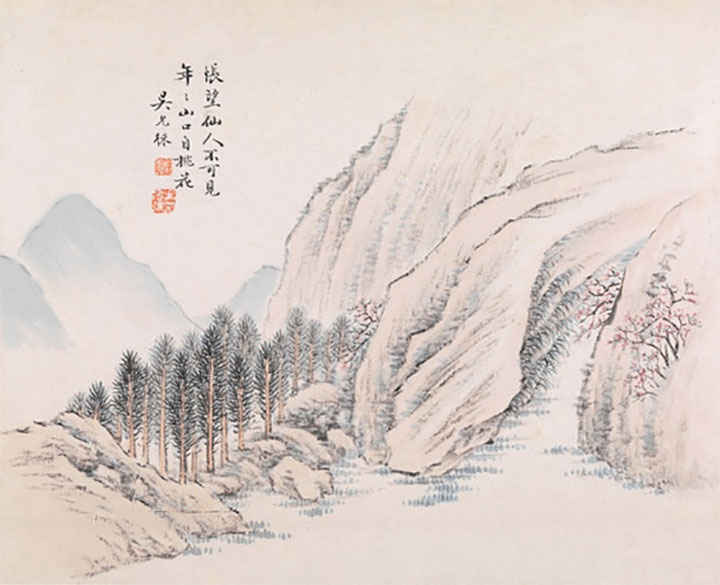
Peach Blossoms at Mountain Mouth
from Album of Twelve Landscape Paintings, late 19th century
Wu Yunlai, active late 19th century
Chinese, Qing dynasty (1644-1911)
Album; ink and color on paper, 11 3/8 x 13 7/8 in.
Gift of the Family of the Honorable and Mrs. Walter S. Robertson, 2005.55
Types of Seals: zhuwen and baiwen
Each page of Wu Yunlai’s Album of Twelve Landscape Paintings is stamped with two of the artist’s seals. The artist used two types of seals, zhuwen and baiwen, to sign his work.
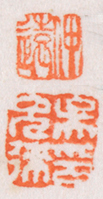
Zhuwen seals leave an imprint of Chinese characters in red paste, as seen in the top seal. Baiwen seals print the inverse, leaving an imprint of the background in red paste, showing the characters in negative space (as in the bottom marking).
Which type of imprint do you prefer? You’ll have the opportunity to choose when you finish "carving" your personal seal.
Watch! Carving a Chinese Seal
In this video, a young man practices carving a stone seal to get a sense of how it feels to work with the material and a carving tool. Traditional Chinese seal carving, however, is an art form that takes many years of practice. Considered one of the essential skills for ancient Chinese scholars, seal carving requires a mastery of both the art of calligraphy and carving.

Step 1
Choose Your Elements
Select from a menu of images, shapes and letters.

Step 2
Carve Your Seal
Move, resize and rotate your selections. Next, choose between the baiwen or zhuwen carving style.

Step 3
Share It!
Watch your stamp print onto a Chinese landscape painting.

Dragon-Shaped Pendant
ca 4th century BC, Chinese
Eastern Zhou dynasty
(771-256 BC)
Nephrite, 4.5 in.
Adolph D. and Wilkins C. Williams Fund, 59.21.12
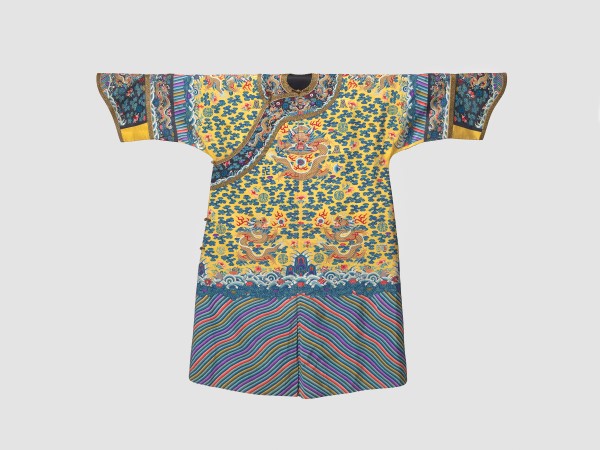
Court Robe
19th century, Chinese, Qing dynasty (1644-1911)
Silk, 56 x 72 in.
Gift of Brigadier General John S. Letcher, 81.33

Boddhidharma
19th century, Chinese
Qing dynasty (1644-1911) Dehua ware
Porcelain with white glaze, 13 1/2 x 4 1/2 x 3 3/4 in.
Bequest of Forrest R. Brauer, 85.1462
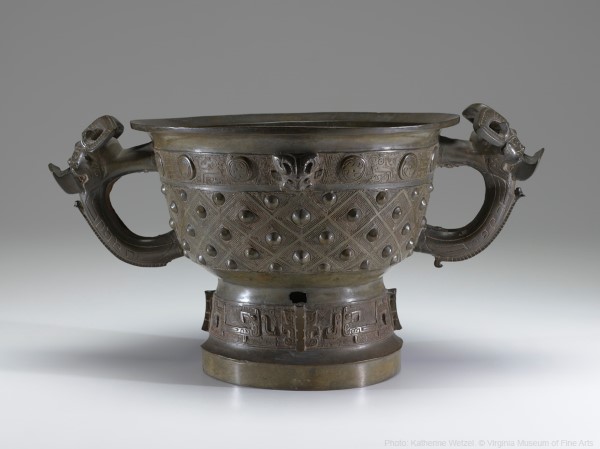
Food Vessel (Gui)
11–9th century BC, Chinese,
Western Zhou dynasty
(1050–771 BC)
Bronze
Adolph D. and Wilkins C. Williams Fund, 57.45.12

Bird-Shaped Pendant
11th–8th century BC, Chinese
Western Zhou Dynasty
(1046–771 BC)
Nephrite, 2.5 in.
Adolph D. and Wilkins C. Williams Fund, 59.21.1

Court Robe
19th century, Chinese, Qing dynasty (1644-1911)
Silk, 56 x 72 in.
Gift of Brigadier General John S. Letcher, 81.33
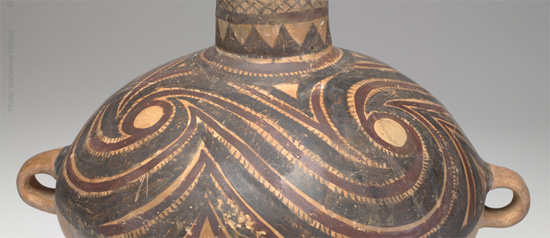
Jug with Lug Handles
3rd millennium BC, Chinese
Neolithic period (8000–2100 BC)
Earthenware with pigment, 15 1/2 x 17 x 14 1/2 in.
Gift of Mr. Mason M. Wang, 88.156

Bowl with Bats, Waves, and Rocks
19th century, Chinese, Qing dynasty (1644-1911)
Jingdezhen ware; porcelain with underglaze blue and overglaze enamel, 3 1/4 x 7 in. diameter
Special Oriental Art Purchase Fund, 72.37.1
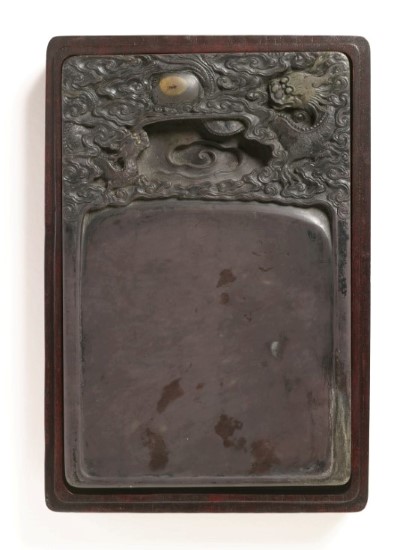
Inkstone with Dragon Designs
18th century, Chinese, Qing dynasty (1644–1911)
Duan stone; lacquered wood,
8 9/16 x 5 11/16 x 3/4 in.
Gift of John C. Maxwell Jr. and Adrienne L. Maxwell, 2008.150.1-.2a-b

Bird-Shaped Pendant
4th–3rd century BC, Chinese
Eastern Zhou dynasty (771–256 BC)
Nephrite, 3 1/8"
Adolph D. and Wilkins C. Williams Fund, 59.21.5

Heavenly Guardian (Lokapala)
7th century, Chinese,
Tang dynasty (618–907)
Earthenware with pigment,
26 3/4 x 9 7/8 x 6 5/8 in.
Floyd D. and Elisabeth S. Gottwald Fund, 90.129 a-b
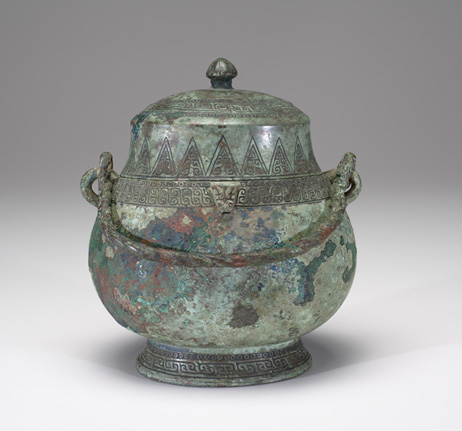
Wine Vessel (you)
13th–11th century BC, Chinese
Shang dynasty (1600–1045 BC)
Bronze, 9 1/2 x 8 x 6 1/2 in.
Adolph D. and Wilkins C. Williams Fund, 57.45.15a-b

Tray with Lotus Design
14th century, Chinese
Yuan dynasty (1279-1368) - Ming dynasty (1368-1644)
Black lacquer with red layers, 1 x 6 5/8 in. diameter
Special Oriental Art Purchase Fund, 73.65

Lotus Flower
Wang Zhen, 20th century, Chinese
People’s Republic period
(1949–present)
Ink and color on paper,
53 7/16 x 27 1/8 in.
Y.T. Bay Collection, Robert A. and Ruth W. Fisher Fund, 2012.68
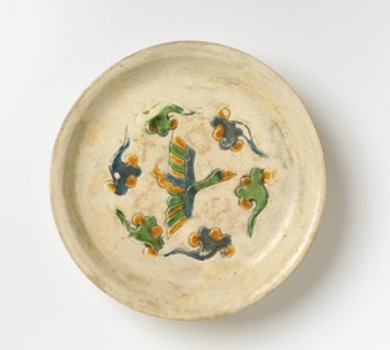
Dish with Phoenix Bird Design
7th century, Chinese, Tang Dynasty (618-907)
Earthenware with polychrome glaze
1 3/4 x 6 15/16 in. diameter
Adolph D. and Wilkins C. Williams Fund, 79.111
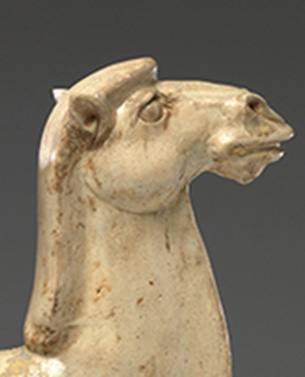
Bactrian Camel
7th century, Chinese, Tang dynasty (618-907)
Earthenware with white glaze, 17 1/4 x 9 1/4 x 16 in.
Adolph D. and Wilkins C. Williams Fund, 51.12.2
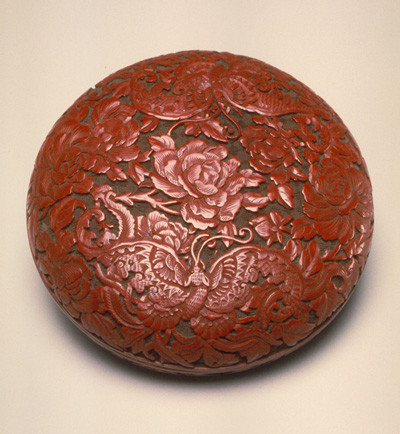
Box
17th-18th century, Chinese, Qing Dynasty (1644-1911)
Carved lacquer, 2 1/8 x 5 7/8 in.
Gift of the Estate of Charles B. Samuels, 41.11.81a/b
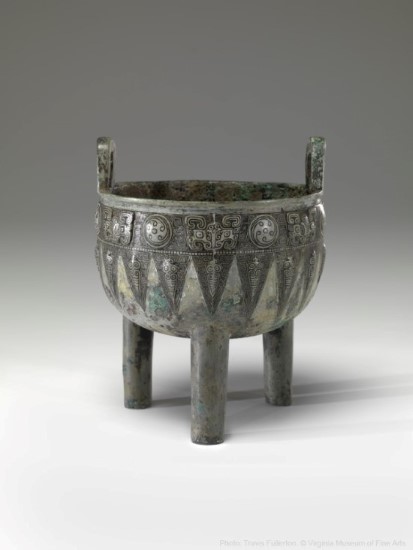
Cooking Vessel (ding)
13th–11th century BC, Chinese
Shang dynasty (1600–1045 BC)
Bronze, 8 x 6 1/2 in. diameter
Adolph D. and Wilkins C. Williams Fund, 57.45.9
Select the artwork and imagery that inspire you the most.
Choose forms inspired by VMFA’s collection to design your personal seal.
